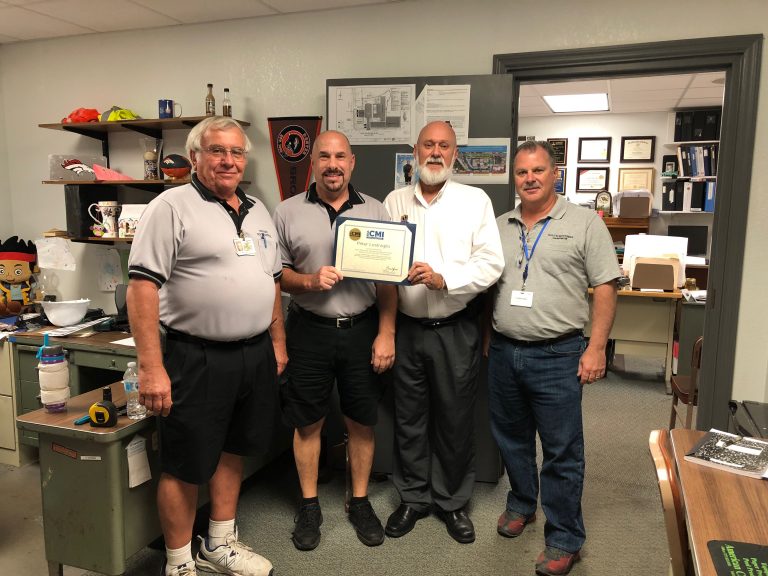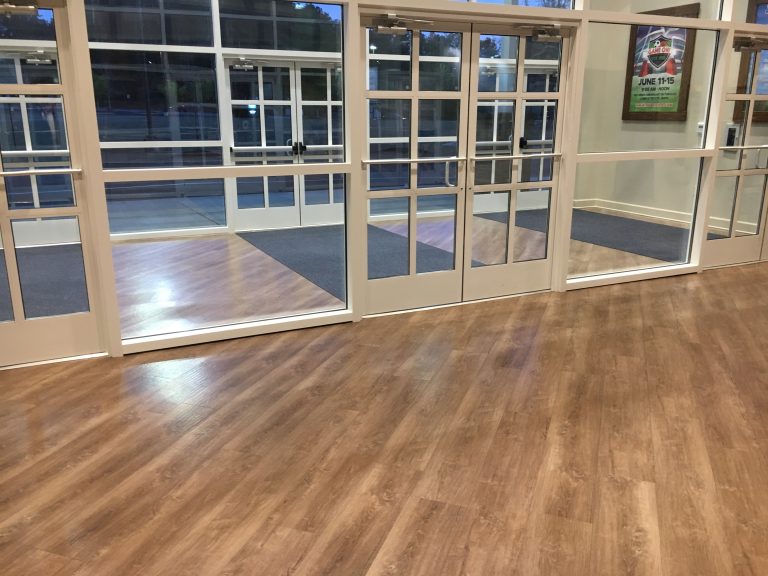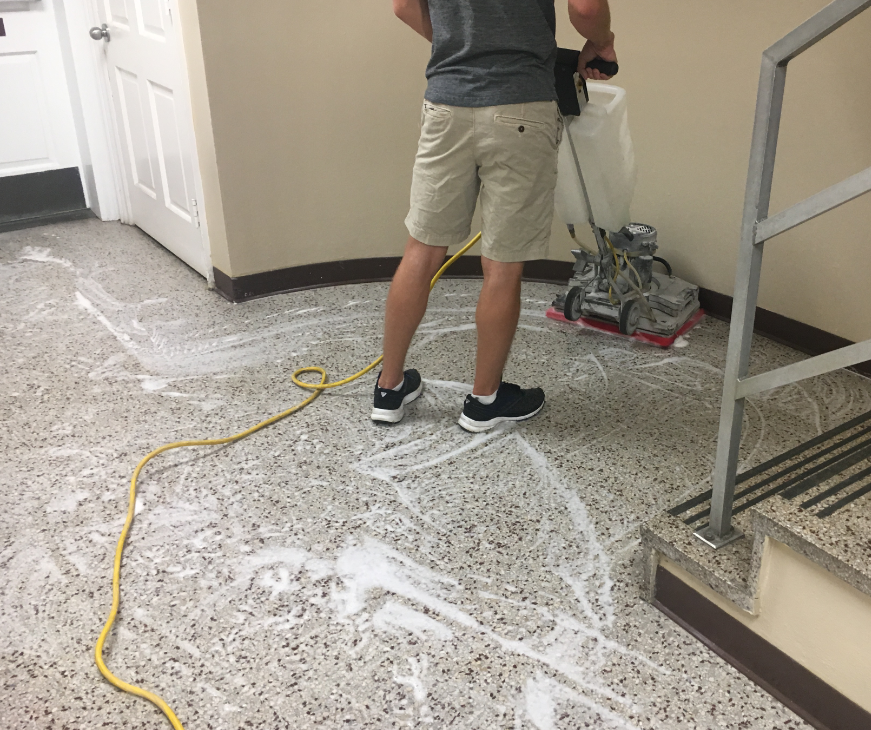Causes And Prevention Of Slips And Falls!
A slip occurs when there is too little traction or friction between the shoe and the walking surface, causing a person to fall backwards. A trip occurs when a person’s foot contacts an object in their way or drops to a lower level unexpectedly, causing them to be thrown off-balance in a forward motion. Lastly, a fall occurs when a person is too far off-balance.
According to the Consumer Product Safety Commission, floors and flooring materials contribute directly to more than 2 million fall injuries each year. The causes of accidents are varied: walkways that are wet, oily or contaminated; floor surfaces that are in disrepair; loose or unanchored rugs or mats; spills; weather hazards such as ice, rain or snow; lack of employee training; and inappropriate footwear.
“When you look at slip-and-fall accidents there are many different elements to consider,” says Griffin. “It’s not just one element that makes the difference. There is almost an unlimited list of variables.”
According to the NFSI, 7 percent of accidents are attributed to training issues, such as improper use of floor finishes and cleaning chemicals. Untrained workers are more apt to make mistakes in equipment usage and chemical dilution, thereby exposing facilities to increased risk. Untrained cleaning personnel often make the mistake of using too much chemical on floors, when in fact, manufacturer dilution instructions must be strictly followed or a slip-and-fall disaster may strike.
Another cause of accidents is using improper chemicals that leave a film or residue on the surface of a floor. According to one chemical manufacturer, that film can create a barrier between the floor finish and a persons shoe. Instead of walking on the floor finish, people are walking on the residue, and that’s a slip hazard.
Cleaning chemicals and equipment certified as “High Traction” by NFSI are independently tested to keep walkways above the high traction threshold outlined in the ANSI B101.1-2009 national standard and, as such, should be used in facilities whenever possible, says Kendzior.
Another area of concern managers should be aware of when it comes to floor care chemicals is cross-contamination and using the same mop and bucket to clean multiple areas within a facility. This is especially important in food service where it is important that soil and bacteria are not transferred from one area to another.
“I’ve seen instances where workers use a mop in the kitchen and then that same mop in the bathroom, and then they take it out to the dining room and use it out there to do the entryway,” says Griffin. “You can see the grease on the floor and you can tell what has happened. There’s no excuse for taking grease out of the kitchen and moving it to the dining room, the entry or bathroom.”
Griffin recommends facilities use color-coded mops and buckets for different areas to avoid cross-contamination.
Cleaning procedures that don’t have anything to do with the actual cleaning of the floor — such as spraying airborne chemicals on baseboards, walls, or windows — should also be taken into consideration as potential slipping hazards.
“I had a slip-and-fall case not too long ago where somebody had sprayed metal cleaner on an elevator door and the overspray went down on the floor,” says Griffin. “When people came out of the elevator, the floor was extremely slippery and they fell down left and right.”
Training personnel on how to properly use the chemicals is extremely important. For example, workers should spray chemicals directly onto a cloth to prevent airborne particles from falling to the floor.
Managers can control some slip hazards, but they have little control over environmental factors such as tracked in snow, water, soil and dust, which is why it is important to stress prevention. Cleaning crews must be prepared to react to weather conditions and address concerns before they become a hazard inside the facility. Because most slips and falls occur on wet surfaces, managers are advised to use proper matting both in and outside entryways to reduce elements being tracked into a facility.
Social factors, such as footwear, or if someone is not paying attention to their surroundings, also come into play as a potential cause of accidents, says Kendzior. In fact, footwear accounts for 24 percent of all accidents, according to the NFSI. These are common regardless of the environment because the less contact a person has with the floor, the more likely they are to experience an accident.
A person’s age also increases the likelihood of floor-related accidents. According to the NSC, adults 55 and older are more prone to being victims of falls. The number of fall deaths among adults 65 or older is four times the number of fall deaths among all other age groups.
“People are now working well into their 70s, and that age demographic is the most likely to experience a slip, trip and fall and become seriously injured as a result,” says Kendzior.
Physical factors are also difficult to control because they are different for every building occupant or cleaning worker. This includes the potential for poor vision, lack of stability and walking struggles. NFSI statistics indicate that 9 percent of slip-and-fall accidents are due to a lack of proper hazard identification. The use of proper signage to identify slip-and-fall hazards can help prevent these physical factors.
“But even wet floor signs are not adequate when it comes to identifying a potential hazard,” says Griffin. “You really have to use barricades or safety caution tape. When you get to court, the lawyers will say that no one reads the signs until they’re laying on the floor.”
Signs or not, accident prevention by way of regular audits and testing of floors should be top of mind, says Kendzior. He stresses the importance of independent floor testing by a qualified auditor that utilizes ANSI national testing slip-and-fall safety standards on a regular basis. These testing standards quantify the traction requirement for pedestrian safety and the prevention of slips and falls.
This could change the character of a slip-and-fall negligence claim against a facility or deter a fraudulent claim from even being filed.
Reference: Cleanlink.com
![]()




